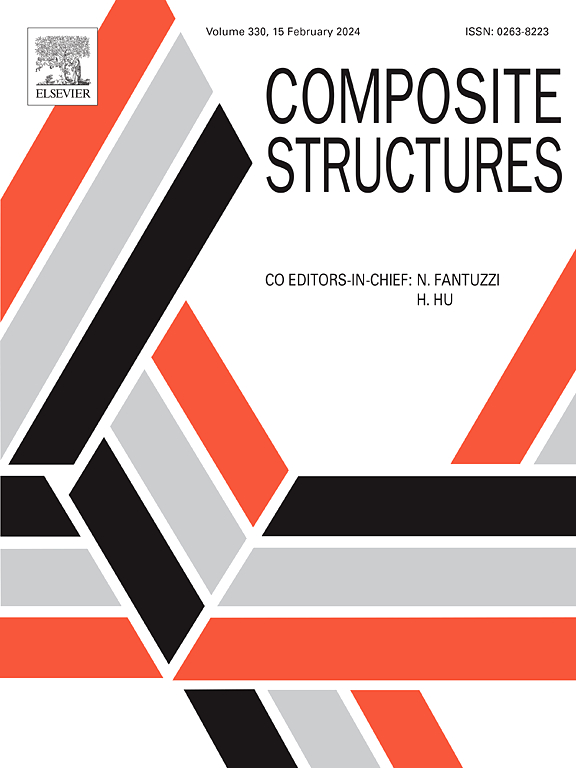Impact of material and geometrical parameters on the aeroelastic tailoring of uni-directional composite plate-wings
IF 6.3
2区 材料科学
Q1 MATERIALS SCIENCE, COMPOSITES
引用次数: 0
Abstract
With the growing popularity of composite materials in aeronautics, the study of the influence of their anisotropic properties has been extended from the classical structural problems to the aeroelastic behaviour of aeronautical structures. This type of studies is referred to as aeroelastic tailoring, which implies the optimisation of the composite structure in order to improve its aeroelastic performance. While there has been some work done in this field, the related complex non-linear and non-convex optimisation problems render the investigation of the anisotropic domain quite complicated and costly without predefined simplifications. Such limitations can affect the quality of the optimisation results and overlook some favourable properties. This work focuses on the reformulation of the aeroelastic optimisation problem, in order to achieve a faster convergence with more reliable control over the elastic properties of the final structure. For this purpose a two-level multi-scale optimisation method is carried out. First, a parametric formulation is employed for the optimisation of the aeroelastic behaviour based on the polar formalism for the representation of 2D anisotropic elasticity. Next, a second-level study is considered associated to the retrieval of a stacking sequence with identical properties as the optimal parameters issued from the first-level problem.

求助全文
约1分钟内获得全文
求助全文
来源期刊

Composite Structures
工程技术-材料科学:复合
CiteScore
12.00
自引率
12.70%
发文量
1246
审稿时长
78 days
期刊介绍:
The past few decades have seen outstanding advances in the use of composite materials in structural applications. There can be little doubt that, within engineering circles, composites have revolutionised traditional design concepts and made possible an unparalleled range of new and exciting possibilities as viable materials for construction. Composite Structures, an International Journal, disseminates knowledge between users, manufacturers, designers and researchers involved in structures or structural components manufactured using composite materials.
The journal publishes papers which contribute to knowledge in the use of composite materials in engineering structures. Papers deal with design, research and development studies, experimental investigations, theoretical analysis and fabrication techniques relevant to the application of composites in load-bearing components for assemblies, ranging from individual components such as plates and shells to complete composite structures.
 求助内容:
求助内容: 应助结果提醒方式:
应助结果提醒方式:


